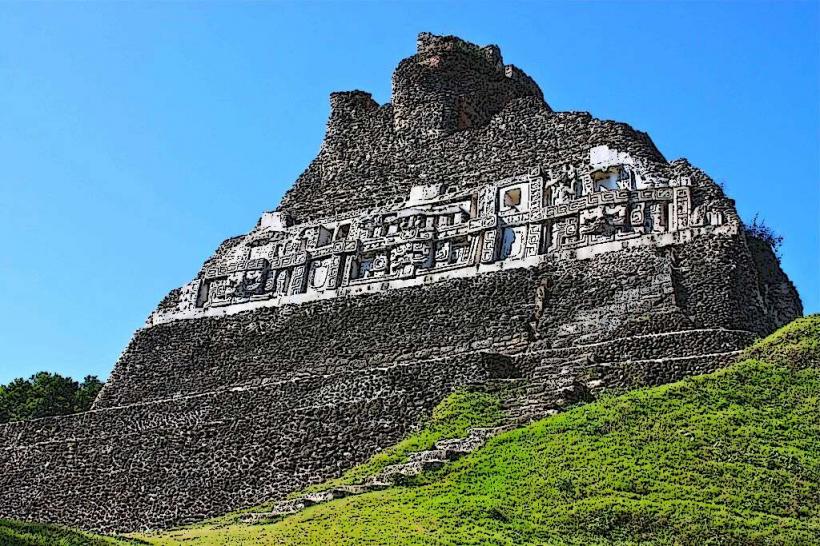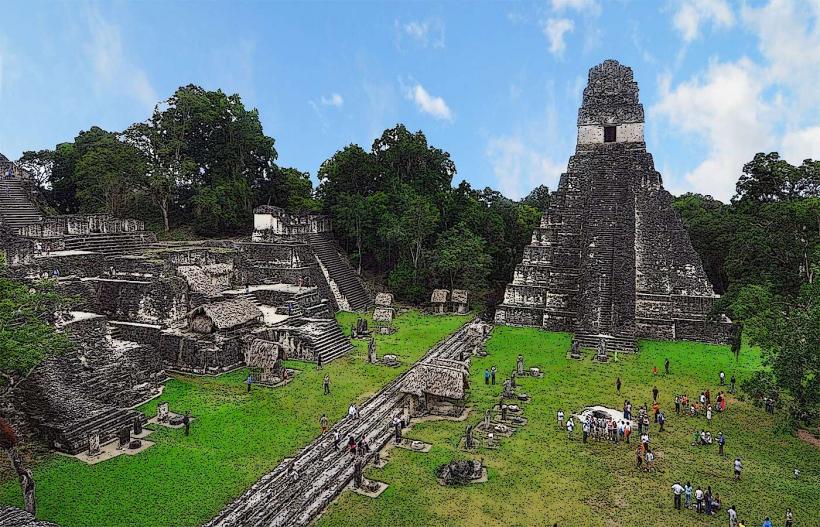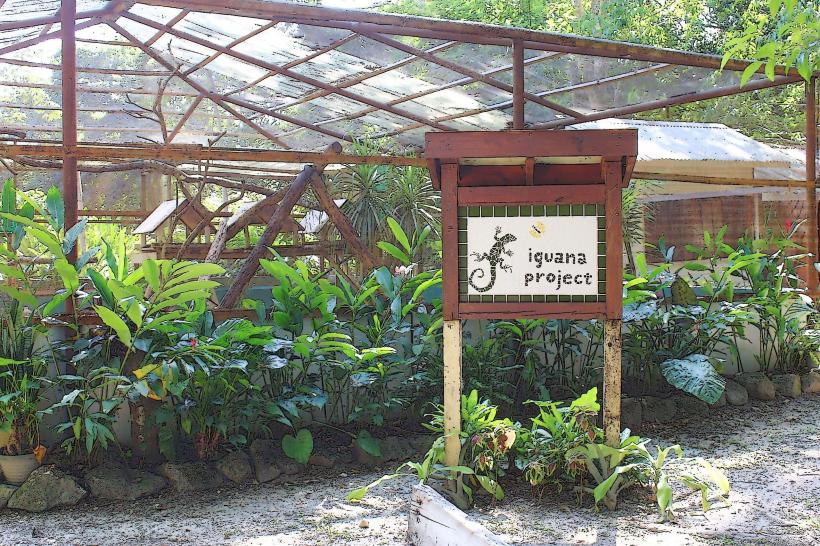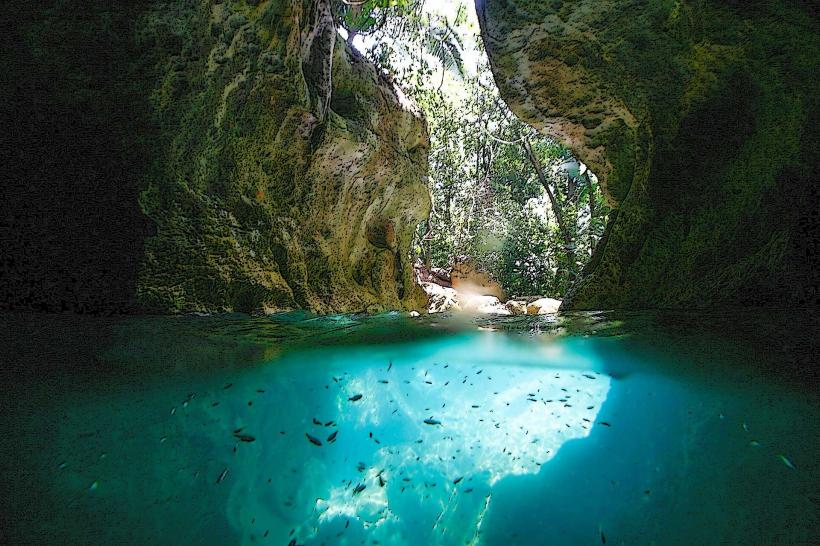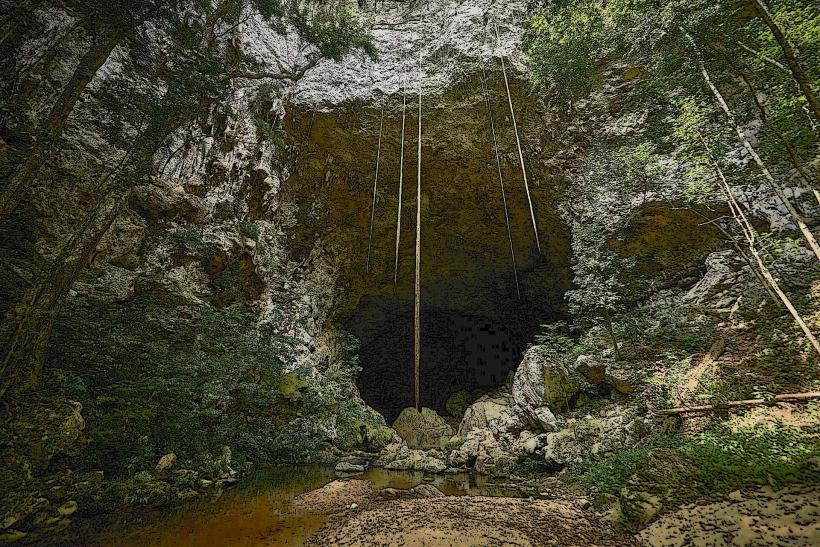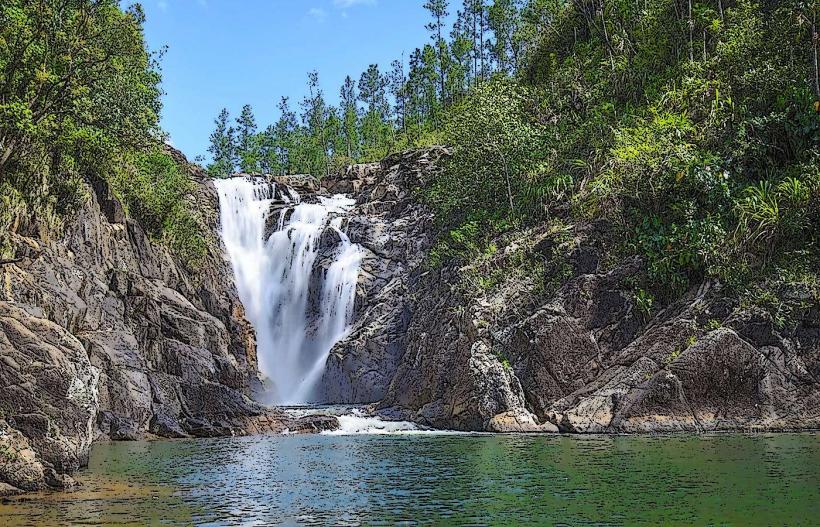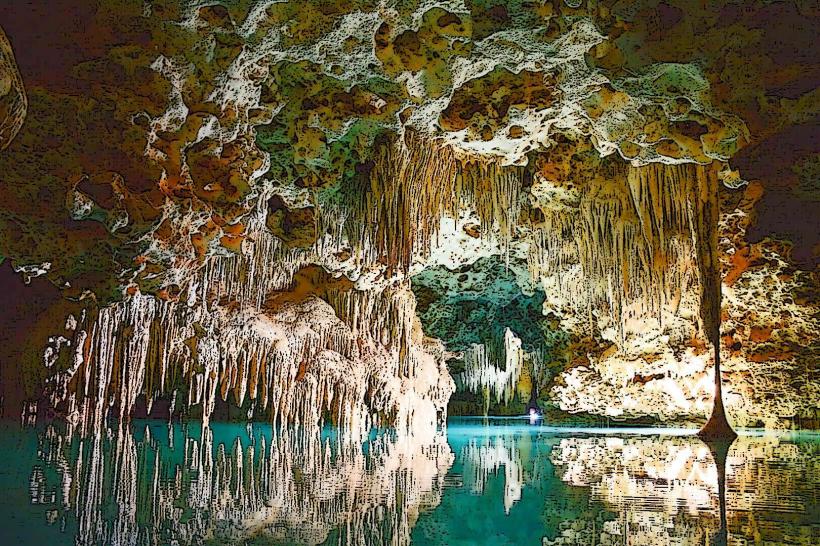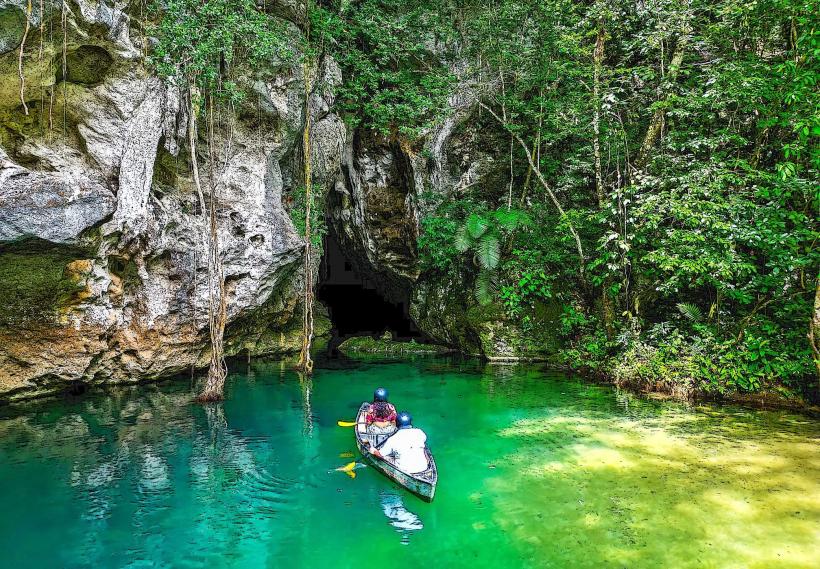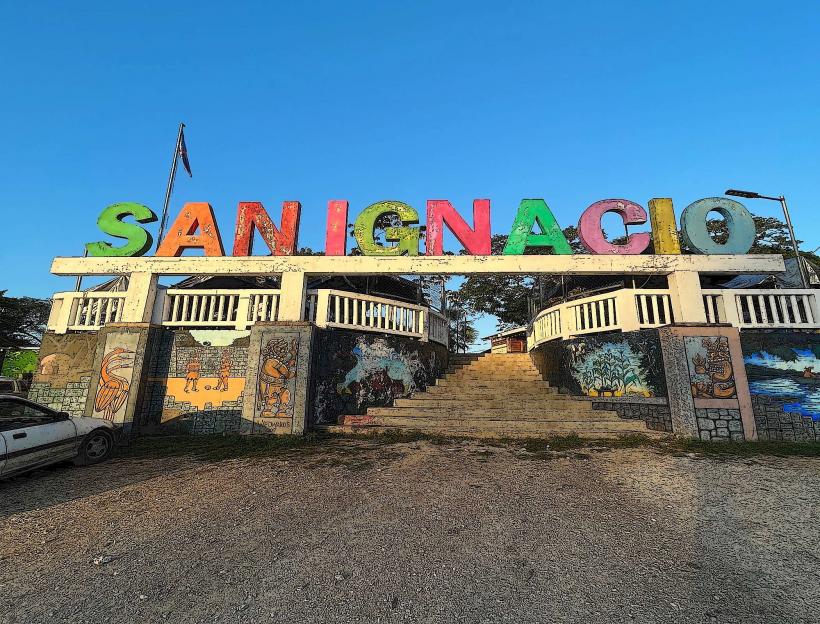Information
Landmark: Caracol Maya SiteCity: San Ignacio
Country: Belize
Continent: North America
Caracol is one of the most important and largest Maya archaeological sites in Belize. Located in the Cayo District of western Belize, Caracol is known for its impressive ancient Maya ruins and its role as a significant urban center during the Classic Period (250-900 AD) of Maya civilization.
Overview of Caracol Maya Site
Historical Significance
Caracol was a major Maya city that flourished from around 600 AD to 900 AD, although evidence suggests that it may have been initially settled much earlier. The city was part of the Maya Lowlands, which include the regions of southern Mexico, Guatemala, and Belize, and played a crucial role in the political, economic, and military spheres of the ancient Maya civilization.
- Political Power: Caracol was a powerful city-state that at its height had an estimated population of 20,000 to 30,000 people. It became a dominant force in the region, frequently competing with neighboring city-states such as Tikal and Naranjo. The site’s rulers were engaged in complex alliances, rivalries, and warfare with other Maya cities.
- Tikal and Caracol's Rivalry: One of the most famous events in the history of Caracol is its military victory over the powerful city-state of Tikal in 562 AD. The battle resulted in Caracol gaining political control over a large portion of the region, including significant territories in what is now Guatemala.
Key Features of the Site
1. Structure of Caracol
The site of Caracol is vast, with more than 35,000 structures spread out across the dense jungle. The architecture reflects the Maya Lowland style, characterized by large temples, palaces, plazas, and causeways that link different parts of the city. Caracol is known for its impressive monumental architecture, as well as its advanced urban planning.
Main Plaza and Temples: Caracol's core consists of several central plazas, including the Main Plaza, surrounded by large ceremonial and residential buildings. Some of the most notable structures include:
- Temple Structure 1 (Caana): The tallest structure at Caracol, Caana (which means "Sky Place"), is a massive step pyramid that rises to about 43 meters (141 feet). It is the highest structure in Belize and offers stunning views of the surrounding jungle. This temple was likely used for royal and ceremonial purposes.
- Temple Structure 2 and 3: Other prominent temples within Caracol include Structure 2 and Structure 3, which are both step pyramids that also served as ceremonial platforms and places of worship.
Residential Areas: While the temples and palaces dominate the ceremonial areas, Caracol also has large residential zones where the elite and commoners lived. These areas are marked by small, well-planned homes and structures, many of which were likely arranged around courtyards and plazas.
Ball Court: As with many Maya cities, Caracol features a ball court for the ceremonial Maya ballgame, which was both a form of recreation and a ritual event. The game had symbolic importance related to themes of life, death, and cosmic order.
2. Causeways and Infrastructure
Caracol features a well-planned system of causeways—broad, raised roads that linked different areas of the city and helped facilitate trade and military movements. The city’s road system also connected Caracol with other sites in the region, showcasing the city’s strategic location and extensive trade networks.
- These causeways were built with stones and gravel, and many are still visible today as you walk through the site. The most famous is the Sacbe 1, which connects the heart of the city to several satellite sites, including Cahal Pech.
3. Stelae and Monuments
Caracol is home to a variety of carved stelae, or stone monuments, which were erected by the rulers to commemorate important events, such as battles, royal births, and ceremonies. These stelae are adorned with hieroglyphic inscriptions that provide valuable insights into the history, politics, and religion of the Maya people.
- The most famous inscription found at Caracol refers to the military defeat of Tikal in 562 AD, which is depicted in detail on a stele at the site. Other stelae provide information on Caracol's rulers and their achievements.
Caracol’s Decline
Caracol’s decline began around the 9th century, likely due to a combination of factors, including environmental stress, climate change, and internal strife. The Maya collapse—a period during which many cities in the Lowlands fell into decline—was particularly felt in Caracol, as the city’s population decreased and its influence waned. However, evidence suggests that the site continued to be occupied for some time after the Classic Period.
The abandonment of Caracol occurred in phases, with many of the buildings falling into ruin and becoming overgrown by the jungle. The site remained largely hidden until it was rediscovered in the 1930s and began to attract attention from archaeologists.
Caracol Today
Visiting Caracol
Caracol is now a popular archaeological park and tourist destination in Belize. It is located in the Chiquibul Forest Reserve, a protected area in the Maya Mountains of Belize. Visitors can explore the ruins, hike the jungle trails, and learn about the site’s history, culture, and ecology through guided tours or self-guided visits.
Accessibility: Caracol is located about 40 miles (64 kilometers) from San Ignacio in western Belize. The site is accessible by a paved road, but the journey can be rough, requiring a 4x4 vehicle. Visitors typically take a guided tour to reach the site, as it’s located in a remote jungle area with limited infrastructure.
Guided Tours: Tours to Caracol often include a trip to Rio Frio Cave, another nearby attraction, and an opportunity to observe local wildlife, such as howler monkeys and toucans, which live in the surrounding forests. Tour guides provide extensive information about the site's history, archaeology, and significance.
Ecotourism: As part of the Chiquibul Forest Reserve, the area around Caracol is rich in biodiversity, offering opportunities for birdwatching, nature walks, and wildlife sightings. The region is also home to several other Maya ruins and natural attractions.
Conclusion
Caracol is an extraordinary Maya site, offering visitors a glimpse into the grandeur of ancient Maya civilization. The site's impressive architecture, historical significance, and natural beauty make it one of the most remarkable places to explore in Belize. Whether you're interested in archaeology, Maya culture, or simply experiencing the beauty of the Belizean jungle, Caracol is a must-visit destination.

